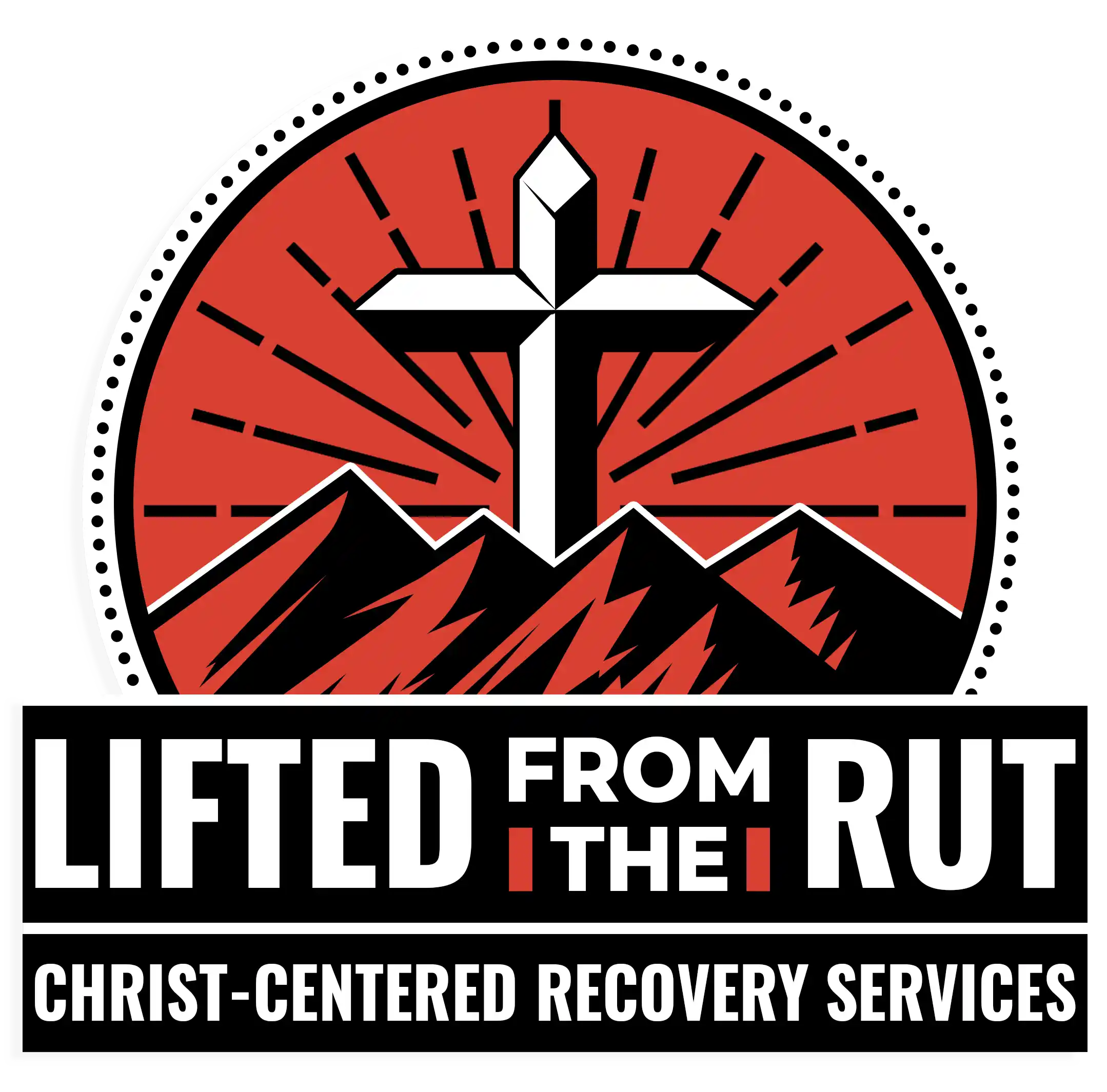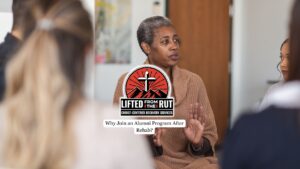Relapse remains one of the most difficult challenges in addiction recovery and behavior change. Even with strong motivation, many individuals encounter setbacks that pull them back into old patterns of behavior. The Relapse Prevention Model provides a practical framework for understanding why this occurs and how to reduce the likelihood of it happening.
This article will examine how the model was developed, its core principles, and how it helps identify high-risk situations, as well as the coping strategies it promotes. It will also present the concept of the Abstinence Violation Effect and highlight how this model supports long-term recovery efforts.
Understanding the Relapse Prevention Model
The Relapse Prevention Model is a cognitive-behavioral framework designed to help individuals anticipate and effectively cope with situations that could lead to a return of unwanted behaviors, such as substance use or compulsions. Rather than viewing relapse as a sudden failure, this model treats it as a process influenced by various psychological, social, and environmental factors.
Clinical psychologist G. Alan Marlatt pioneered this approach in the 1980s. Before Marlatt’s work, relapse was commonly seen as a sign of personal weakness or a simple lack of commitment. By shifting the perspective to one that recognizes relapse as part of a predictable pattern, the model offers structured tools to manage risk and sustain recovery.
Building on these same principles, our addiction specialists at LFTR Christ-Centered Recovery Services offer an evidence-based relapse prevention program with a strong spiritual foundation to support long-term healing. We help individuals identify personal triggers, develop practical coping strategies, and deepen their faith to reinforce lasting recovery.
Core Principles of the Relapse Prevention Model
At its foundation, the Relapse Prevention Model views relapse not as a sudden event but as a gradual process. This approach shifts the focus from blame to understanding, helping individuals recognize the sequence of thoughts, feelings, and situations that can lead to a return to previous behaviors. It emphasizes self-management, encouraging people to take an active role in their recovery through planning, self-awareness, and the development of coping mechanisms.
For many, these principles are further strengthened by a spiritual foundation that provides hope, accountability, and a more profound sense of purpose throughout the recovery journey.
The model also integrates cognitive-behavioral techniques, aiming to modify unhelpful thinking patterns and reinforce healthier responses. This allows individuals to build resilience against triggers and high-risk situations that could lead to relapse.
Identifying High-Risk Situations
A central aspect of the Relapse Prevention Model involves recognizing personal high-risk situations. These are circumstances that significantly increase the likelihood of lapses in judgment. High-risk situations can be emotionally charged, evoking feelings of stress, anger, or loneliness. They can also be environmental, like spending time in places associated with past substance use, or social, such as being around peers who engage in the old behavior.
Understanding these triggers is essential because it enables individuals to prepare and implement targeted strategies that address specific needs. By accurately identifying what puts them at the most significant risk, people can reduce exposure when possible and respond more effectively when faced with challenges.

Coping Skills and Strategies
Once high-risk situations are identified, the next step is to develop robust coping skills. The Relapse Prevention Model places strong emphasis on practical and psychological tools to manage urges and navigate difficult moments. This might include relaxation techniques, problem-solving approaches, assertive communication, or finding alternative rewarding activities.
Alongside these clinical strategies, many individuals find strength in faith-based practices such as prayer, meditation, or seeking encouragement through scripture. These spiritual tools can provide comfort and perspective during times of stress or temptation, offering an added layer of support to the overall coping plan.
Equally important is cognitive restructuring, which involves recognizing and challenging unhelpful beliefs that could lead to relapse, such as thoughts of inevitability or helplessness. The model also promotes lifestyle balancing, encouraging engagement in positive activities that support overall well-being, thereby reducing vulnerability to relapse.
The Role of the Abstinence Violation Effect (AVE)
A key concept within the Relapse Prevention Model is the Abstinence Violation Effect. AVE refers to the intense feelings of guilt, shame, or failure that can follow a single lapse. Without proper understanding, this emotional response can spiral into a full relapse, as individuals may see a minor slip as evidence that complete failure is inevitable.
The model addresses AVE by helping people reframe lapses as temporary setbacks rather than total breakdowns. This perspective reduces the emotional weight of a lapse and supports a quicker return to recovery efforts, preventing a slip from turning into a sustained relapse.
Maintenance and Long-Term Application
The Relapse Prevention Model is not just about avoiding immediate relapse; it is designed to support lasting behavioral change. This involves ongoing self-monitoring to stay alert to evolving triggers or new high-risk situations. Regularly updating coping plans ensures they remain effective as life circumstances change.
For many, sustaining recovery also means nurturing a relationship with God, engaging in fellowship, and relying on spiritual disciplines that build daily resilience. Maintaining this spiritual connection can guide decisions, reinforce values, and provide a consistent source of hope.
By viewing recovery as an active, long-term process that involves both practical strategies and spiritual growth, individuals can stay engaged with their goals and reduce the likelihood of returning to old patterns.
Final Thoughts from LFTR Christ-Centered Recovery Services
At Lifted From The Rut in Littleton, Colorado, we combine the principles of the Relapse Prevention Model with faith-centered care to support lasting sobriety. Our approach addresses the spirit, soul, and body, helping individuals identify triggers, build resilience, and strengthen their spiritual foundation. By integrating evidence-based strategies with Christian values, we provide the structure and guidance needed to navigate challenges and continue growing in recovery.





